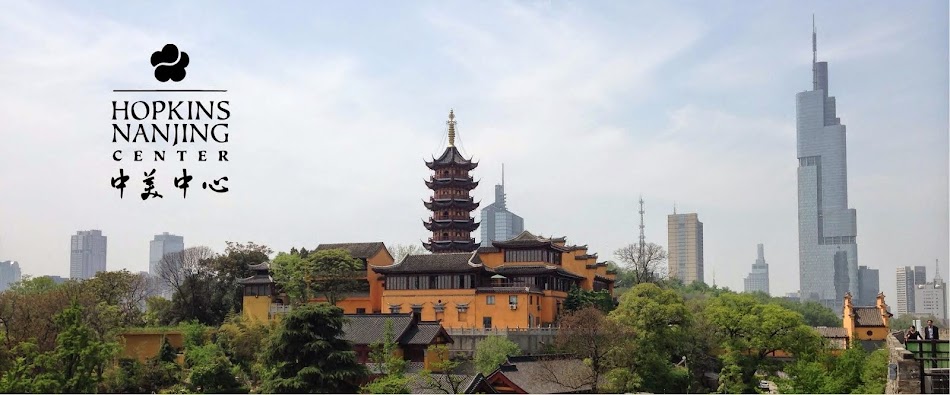Every first-year Master of Arts in International Studies (MAIS) student at the Hopkins-Nanjing Center is required to take the interdisciplinary MA Tutorial Course during their first year. Before starting the course, I assumed it would be a research methods class in preparation for writing our theses. As it turns out, although master’s students do take a separate class that includes research methods later on in their studies, the tutorial is meant to help students start thinking about a variety of questions that we may encounter while researching and writing our theses. Given that every master’s student is required to take the course, there are Chinese and international students in each section, and the course is co-taught by an American and a Chinese faculty member. The professors take turns leading the course in English and Chinese, based on English and Chinese readings. Chinese and international students have discussions using their target languages.

As an interdisciplinary course, the tutorial covers topics on a variety of social sciences, frequently focusing on different theories’ applicability in China, the United States, and the rest of the world. The structure prompts an examination of these theories against students’ existing understandings of an issue within a particular cultural context. Explaining how I understand social science theories based on my own cultural background in Chinese has been more challenging than I anticipated, but has made me aware of how closely language and culture are related. At the beginning of the course, I would bring up ideas that are inherently based on my American education and background. However, raising those ideas in Chinese to people who do not have the same background made me realize that what I said may not have meant the same thing for my classmates as it did for me.
Taking the tutorial course requires me to think about ideas and explain them in a more systematic fashion, reflecting not just on my perspective, but why I have that perspective. I then do the same when listening to my classmates, attempting to make my ideas as clear as possible and understand others’ perspectives as well as I can. These class discussions will help my thesis by giving it more nuanced perspectives, not just in terms of varying social science theories, but also based on their applicability to different situations. More generally, I find the class to be a good listening and discussion exercise.
The Hopkins-Nanjing Center’s cross-cultural setting provides a unique forum for examining arguments in a methodical way. In the tutorial course and at the Hopkins-Nanjing Center, having fellow classmates ask me a question about my perspective has prompted me to reflect on what experiences and lessons I experienced that may be common within the United States, but not elsewhere. As an international student at the Hopkins-Nanjing Center, not only have I learned a lot about China and Chinese society, but I have also been encouraged to think more deeply about my own background.
Written by Hope Parker, Master of Arts in International Studies ‘20

